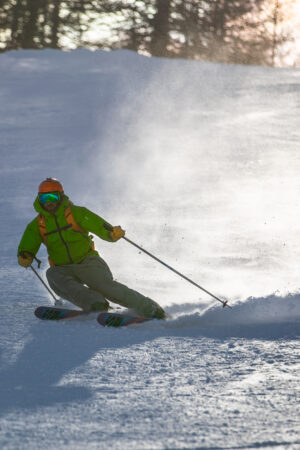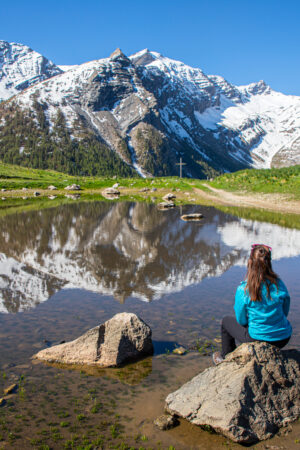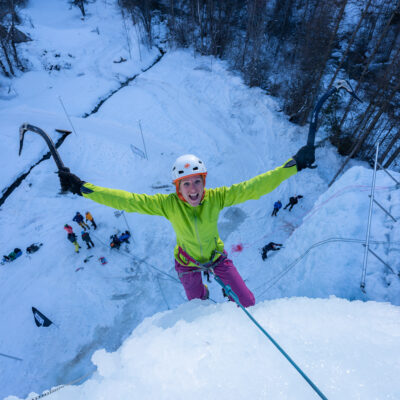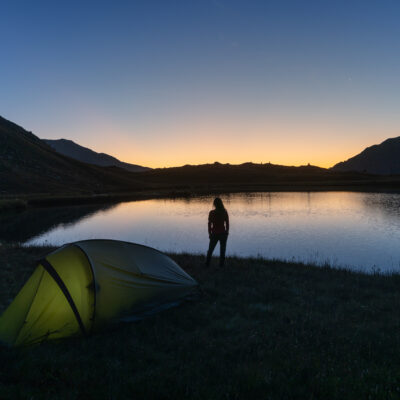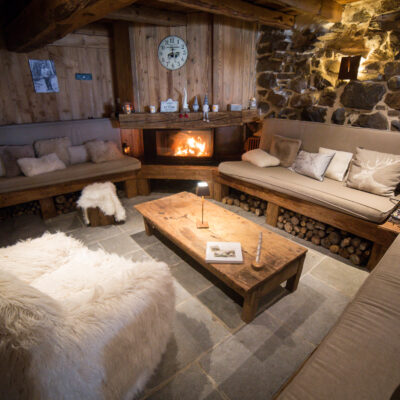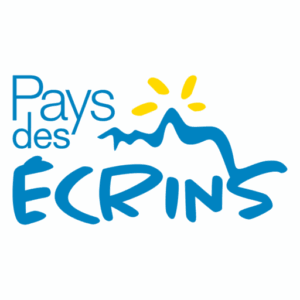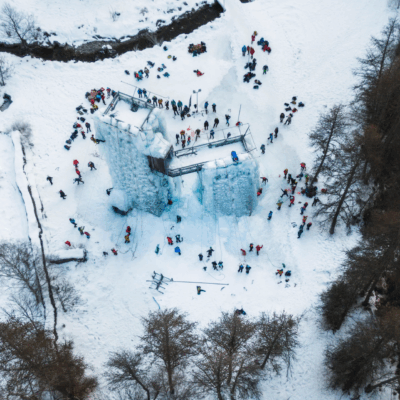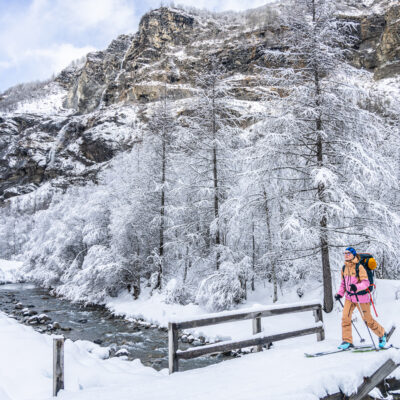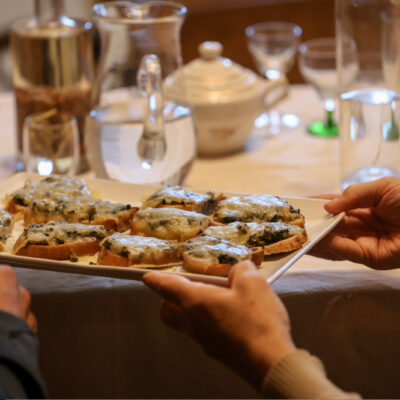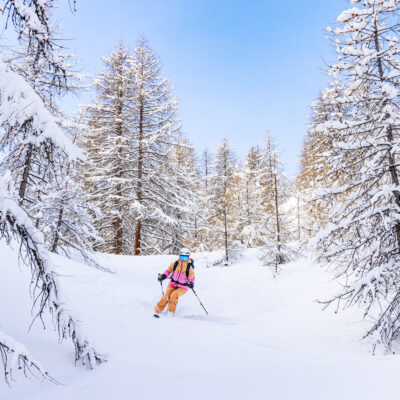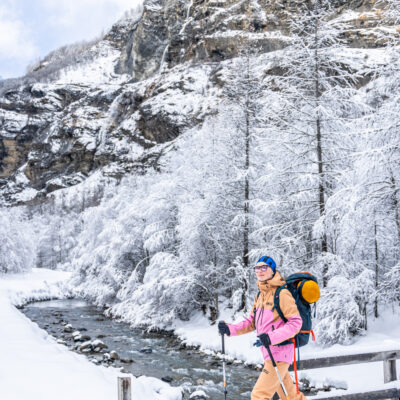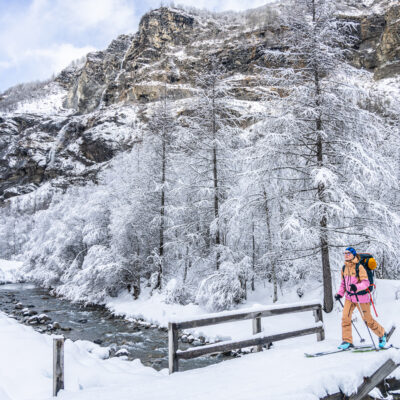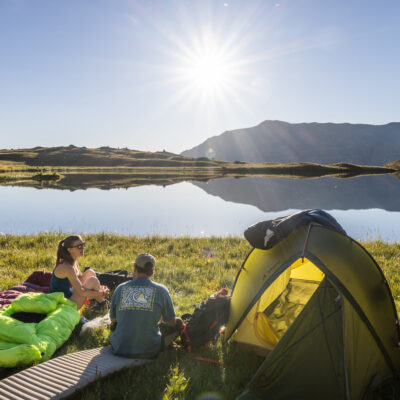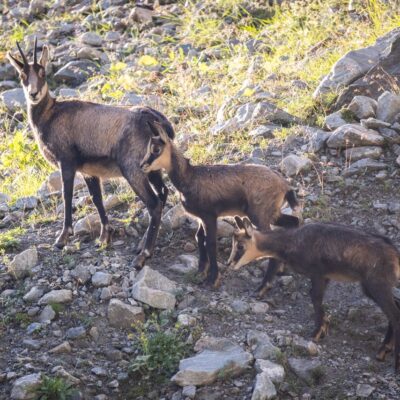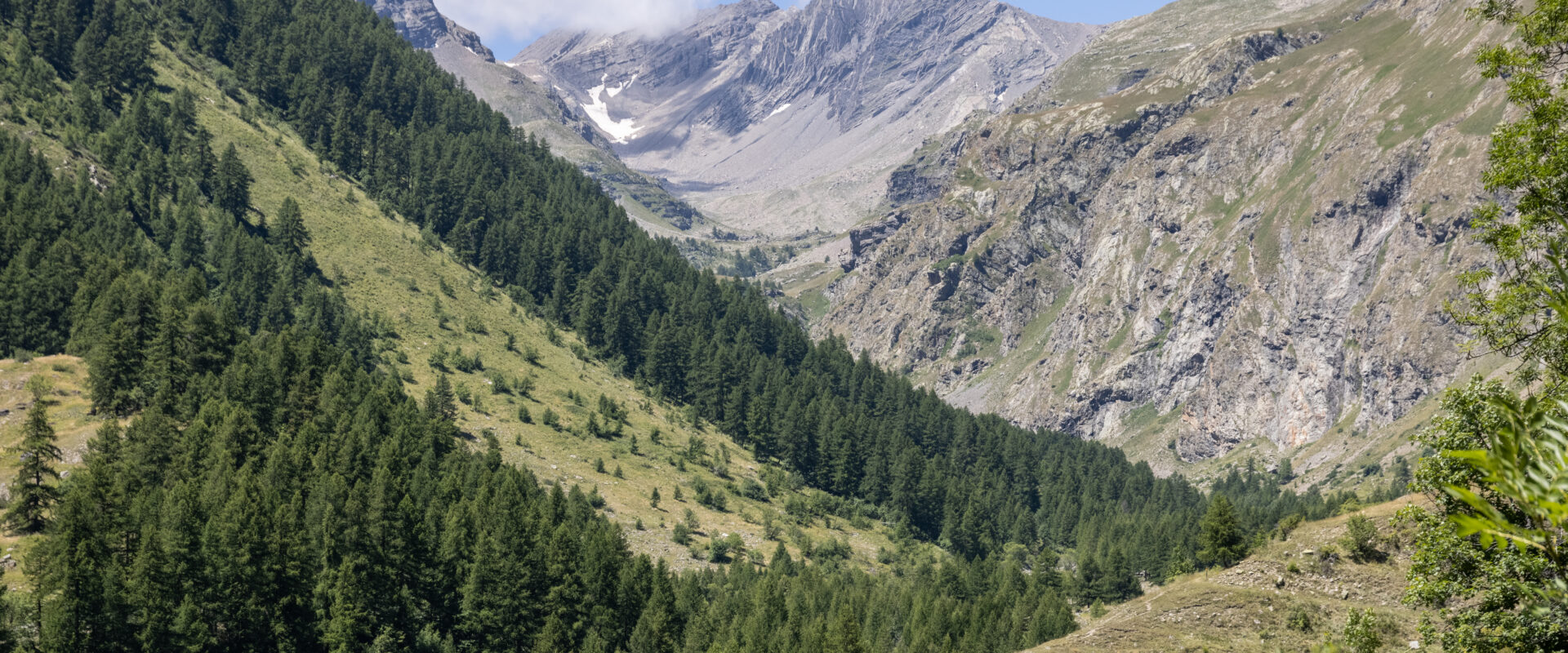
Freissinières
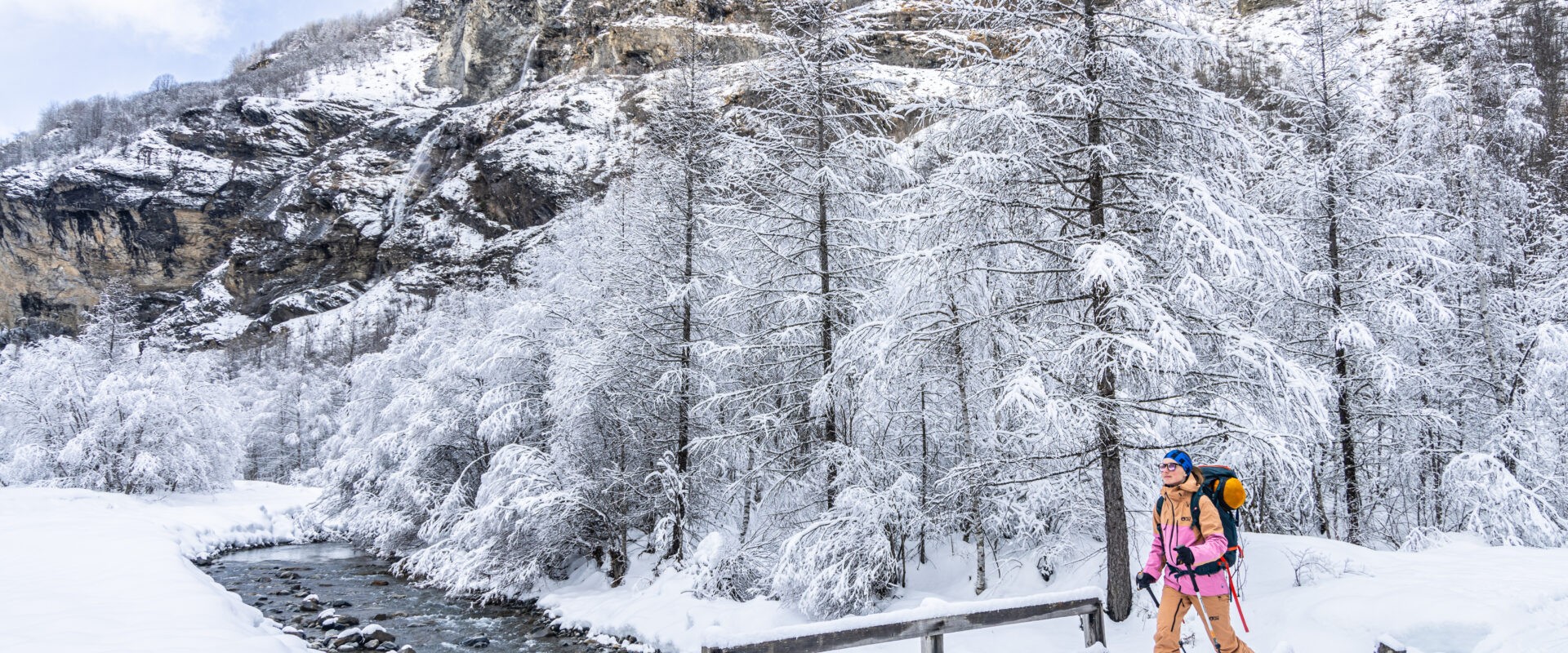
Freissinières
An authentic valleyIn the heart of the National Park
Freissinières stretches over 20 km of suspended valley along the Biaysse, between 1,180 m and 1,780 m above sea level, protected by a belt of ridges culminating at 3,200 m. Composed of 13 hamlets, the commune offers in all seasons a preserved setting conducive to hiking, the discovery of numerous waterfalls and Nordic skiing. Perched at 1,800 m, Dormillouse — accessible after a 45-minute walk — is the most isolated year-round village in France.
I want to discover
Dormillouse
Dormillouse is a timeless hamlet perched at about 1,700 m, the only permanently inhabited place in the heart of the Écrins National Park. It can only be reached on foot by a path (allow an hour of ascent from the Cascades car park in summer), which makes it an intimate and preserved refuge. Its traditional architecture, adapted to the slope and avalanches, testifies to an ancestral know-how of installation in the high mountains; there is also a history marked by the resistance of the Waldensians and the commitment of Pastor Félix Neff in the nineteenth century, who preached there and contributed to community life. Dormillouse is home to two emblematic refuges – the Refuge de l’Oncle Émile (at 1,727 m) and the Refuge de l’École – which allow you to extend the immersion, and serves as the starting point for the famous loop of lakes Faravel and Palluel offering panoramas of the mountain pastures and the valley. This silent sanctuary combines heritage, raw nature and authentic hospitality.
Experiences
for all styles
In Freissinières, fill up on adventure: discover the high-altitude lakes and set up your bivouac under the stars, spend an authentic night in an alpine hut by candlelight, explore the valley by bike or share fun moments with your family on trails marked out with nature workshops and heritage discoveries.
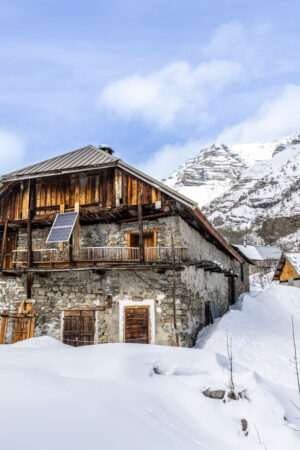


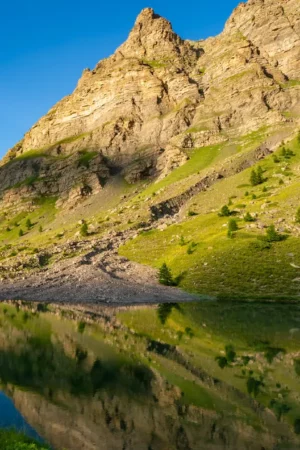
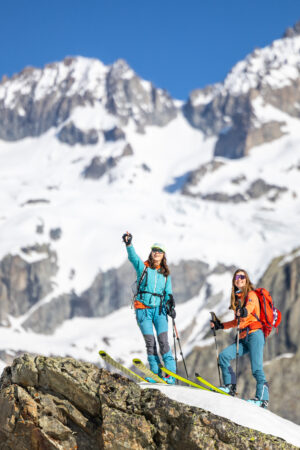
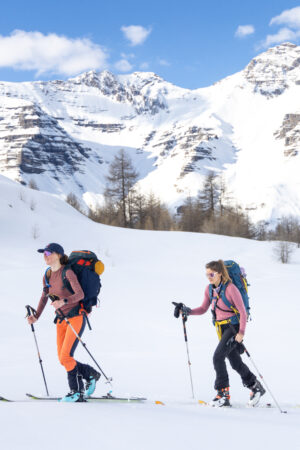
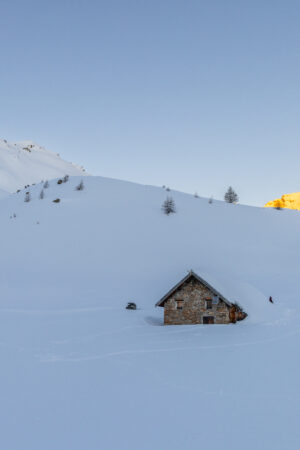
Nordic area of Freissinières
The Nordic site of Freissinières welcomes you all winter long to enjoy the joys of skiing, skiing on vast plains and in a large forest of character along the Biaysse, where nature and tranquility meet. This site has more than 20km of slopes, all levels.
- Discovery and warm-up loop : flat and wide routes on the great plains, perfect for initiation or to work on the technique in classic.
- Intermediate routes : slightly hilly sections that alternate between forest passages and open sections, ideal for varying the effort without being too demanding.
- Long rides : Possibility of linking several loops to reach the 15–20 km of skiing, taking advantage of the quiet setting and the overall soft profile of the area, which makes it a popular terrain for endurance and skating.
Grooming is generally carried out on Tuesday and Friday evenings to guarantee a quality of track, and the condition of the slopes can be consulted in real time via the resources of the Nordic area.
The site operates with a voluntary participation system: passes are sold at the Nordic hut (adult day €7, child €5) and allow access to the entire maintained network.
Contact
Phone : 06 67 14 78 75
Mail: cascade@freissinieres.fr
Site: cascade.freissinieres.fr
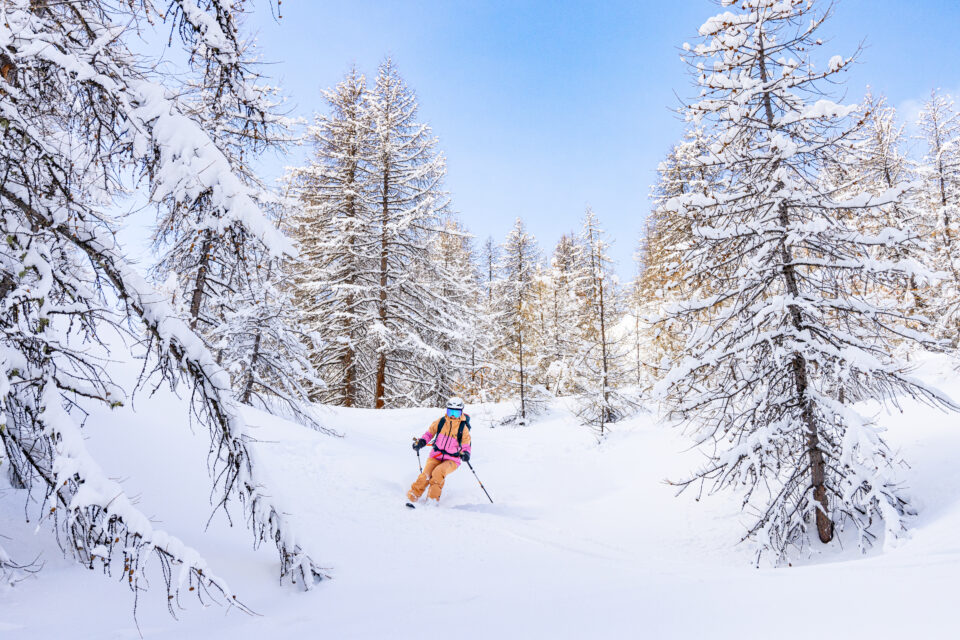
Ice climbing
In Freissinières stands the famous ice climbing, an artificial tower of 18 meters covered with ice where you can learn or progress in ice climbing and dry-tooling, supervised by guides or independently for experienced practitioners (relay equipped, equipment required, insurance recommended). It operates in winter, generally from December to March depending on the snow conditions, and offers introductory sessions in the evening (Tuesdays and Fridays) with prices around €50 for adults and €40 for juniors; Access can be free if accompanied by a guide in certain configurations. The approach is from the car park in front of the Town Hall, and it is strongly recommended to book or be accompanied for safety reasons.
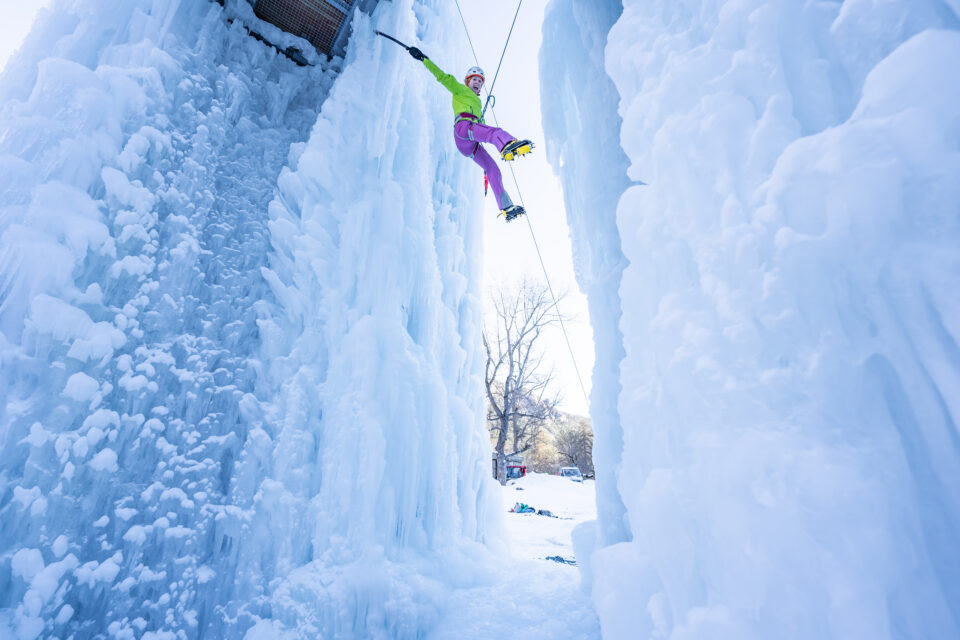
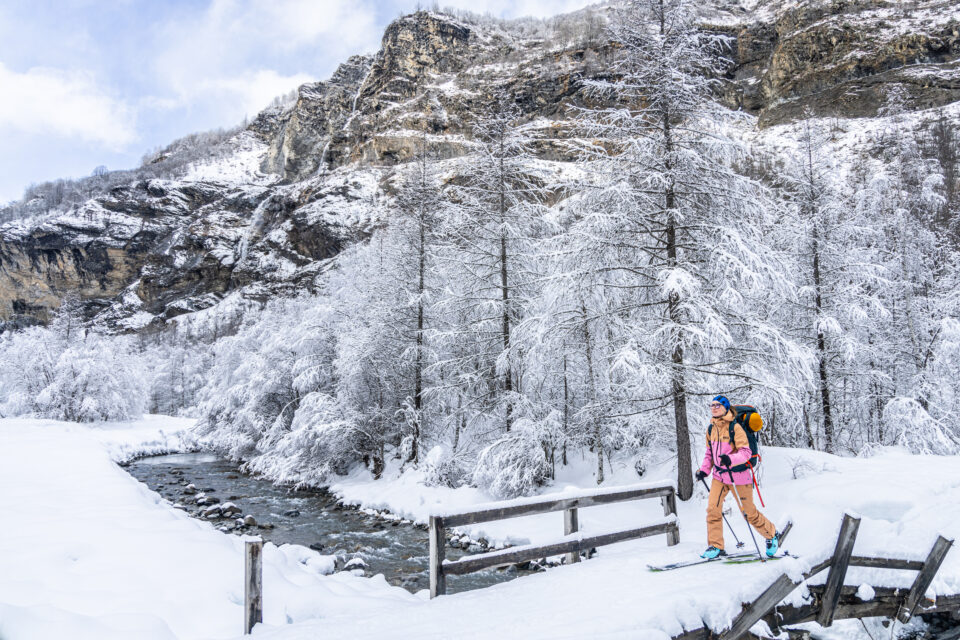
The + of Freissinières
- Intimate and well-maintained Nordic area : loops on plains and glades, classic and skating trails, with regular grooming and a condition that can be consulted.
- Wide variety of profiles : discovery, intermediate and long courses allowing initiation, endurance or contemplative gliding in a calm environment.
- Ice climbing / ice climbing : artificial tower and natural sites renowned for learning or training in ice climbing, supervision possible, original experience.
- “Far North” atmosphere with dog sledding (in the nearby valley and nearby) and complementary winter adventure activities.
- Cross-country skiing, snowshoeing and pedestrian walks coexist in the same space with adapted markings and mutual respect for users.
- Winter access to Dormillouse by snowshoe and ski touring : ascent of about 1 hour 30 minutes, breathtaking landscape and an incomparable nature experience (avalanche zones, guide recommended).
- Winter panoramas of the valley and the snow-capped peaks : a natural setting that accentuates the feeling of isolation and immersion.
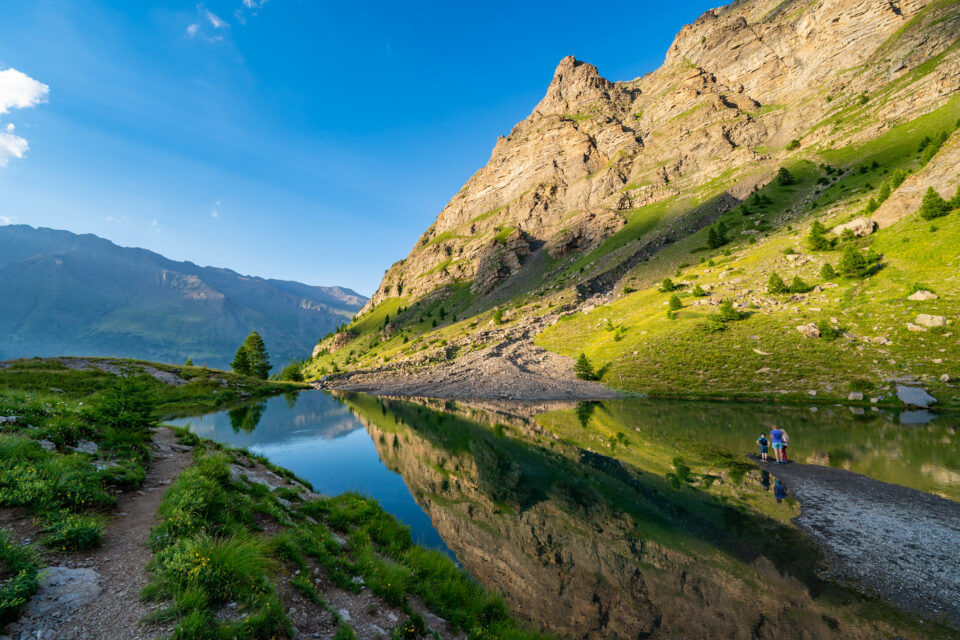
The + of Freissinières
- Unspoilt and wild setting : sheltered valley, larch forest, panoramas of the Écrins ridges, very natural atmosphere far from the mass flows.
- A network of varied hikes : easy loops (e.g. “Balade de Monsieur”), more challenging routes such as the grand tour of Freissinières / Randoland, circuits to Dormillouse or the Palluel and Faravel lakes.
- Access to Dormillouse on foot : unique perched hamlet of the Écrins National Park, accessible in ~1 hour walk, offering a heritage and landscape immersion.
- Thematic trails and discovery of the territory : possibility of combining nature, history and fauna/flora thanks to the Randoland routes and educational loops.
- Tranquility and low attendance : ideal for those looking for escape, calm and a real breath of fresh air in the mountains.
- Proximity to small authentic alpine villages : human setting with hamlets spread out along the Biaysse, local welcome.
Stock up
entertainment
In Freissinières Dormillouse, meet with the snow!
The proof in pictures
An authentic and preserved setting
The proof in pictures
We take care of everything, you enjoy
Discover our all-inclusive stays and let us organize your mountain immersion: accommodation, guided activities, and local experiences are gathered for you. Choose your formula, from a rejuvenating weekend to a week of adventure, and take full advantage of the landscapes, the know-how and the conviviality without worrying about anything.
